Reticulated Python Facts
- The amazing animal named the Reticulated Python is a particularly large variety of python. In fact, although not the most heavily built, the animal currently ranks as the longest snake on earth. That impressive fact alone makes the creature worthy of note.
- Just as with other types of pythons, though, this truly amazing animal feeds as a constrictor, since the enormous snake has no venom. Fully grown adult individuals aditionally become more than sufficiently powerful enough to kill a human being.
- Such attacks on human beings by this particular species remain virtually unknown, however. This holds true despite what many people tend to believe. Though such events rarely occur, when they do, it usually happens in specific circumstances.
- These situations include if the snake has been removed from its natural habitat, or that habitat, frequently located near water, is disturbed. Related to this is the fact that the awesome Reticulated Python also ranks as a rather excellent swimmer.
- This truly remarkable trait ranks as one that the incredible reptile further shares with many of its related species around the world. Among this particular example of constrictor, however, adult specimens even occasionally venture far out at sea.
Related Articles
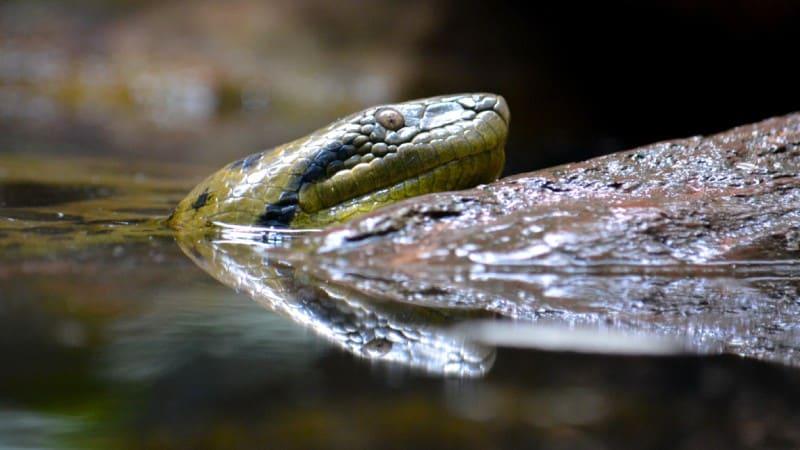
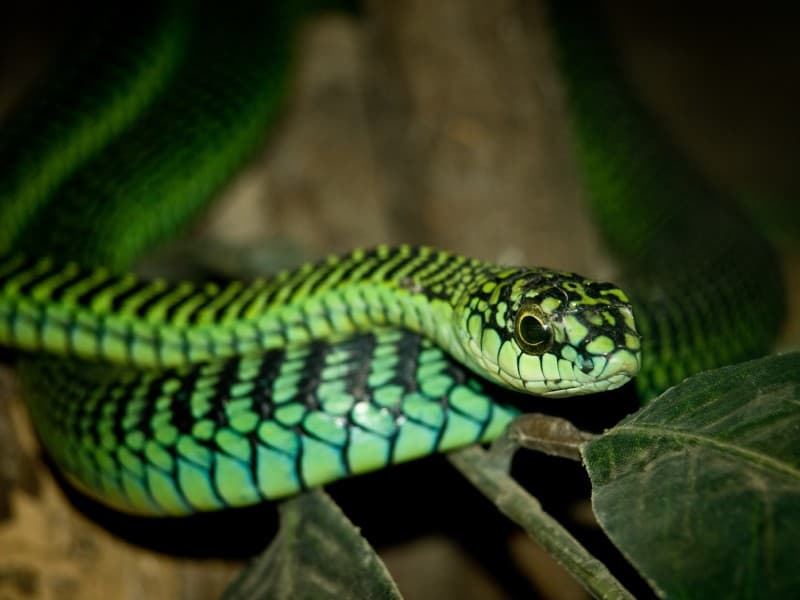
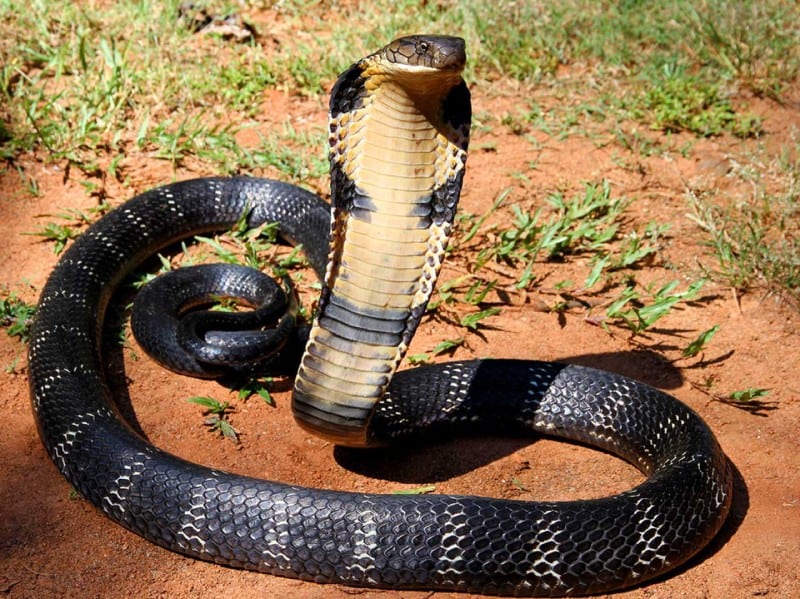
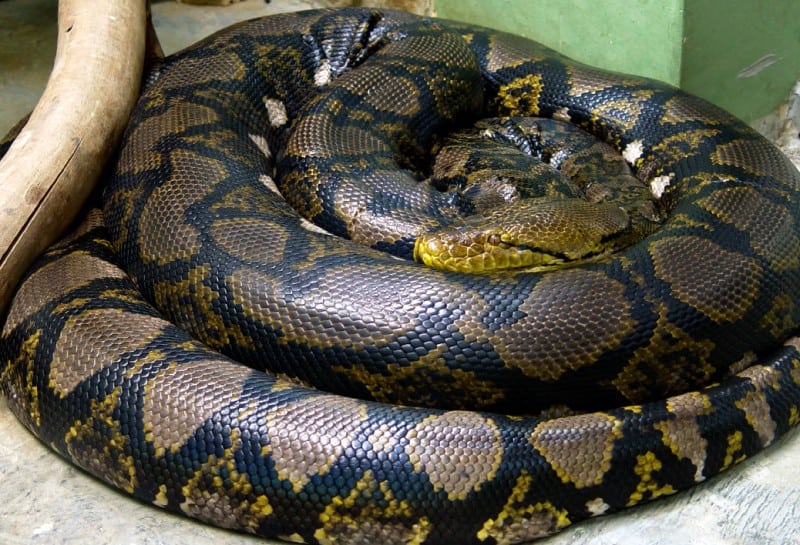
Reticulated Python Physical Description
Most notably, the Reticulated Python fully earns its designation as the longest snake known to man. To the amazement of some, exceptional adult specimens sometimes approach 23 ft (7 m) in length. These truly gigantic individuals do not occur often, though.
Typical adults actually measure around 20 ft (6.1 m) in total length, and the usual mature individual further weighs about 165 lb (75 kg). The species presents no discernible sexual dimorphism, however, with both genders possessing the same appearance and size.
Its markings remain highly distinctive, and typically consist of intricate geometric patterns. These patterns also combine a quite wide variety of color shades. The exact colors vary according to the geographical range, sometimes making the snake difficult to identify.
This great variation in coloring among the Reticulated Python also represents an evolutionary adaptation to the local environment. Its remarkable natural camouflage also serves to make this highly dangerous animal almost invisible in its respective habitats.
- Kingdom: Animalia
- Phylum: Chordata
- Class: Reptilia
- Order: Squamata
- Family: Pythonidae
- Genus: Python
- Species: P. reticulatus
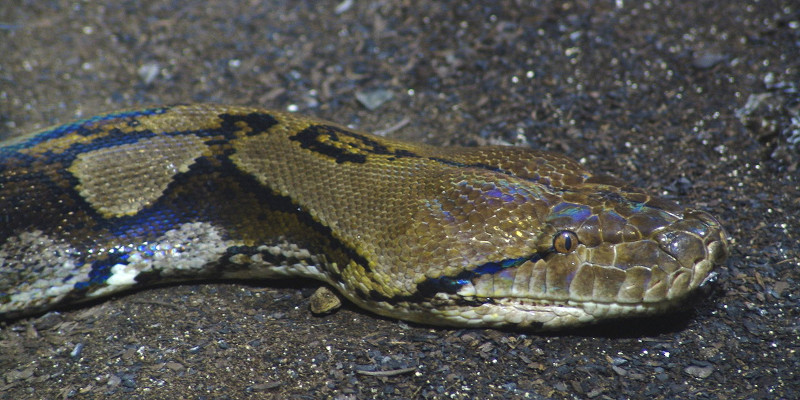
Reticulated Python Distribution, Habitat, and Ecology
The Reticulated Python appears to be endemic to quite a wide range. This area extends across much of Southeast Asia. In fact, this range extends from India, Bangladesh, and Laos, through Indonesia. It also includes numerous island countries, such as the Philippines.
In addition to its other impressive characteristics, it remains highly adaptable to its surroundings. As a result of this ability, it thrives in a rather wide variety of habitats. However, these regions of habitation typically include woodlands, grasslands, and forests.
But even within that native range, this fascinating reptile remains quite versatile in its habitat requirements. Amazingly, the enormous animal frequently inhabits rivers, lakes, and even large streams within these areas, being an excellent swimmer.
It feeds almost exclusively as an ambush predator, like other known types of constrictors. The diet, however, understandably varies, depending upon its location. This commonly includes such prey as larger mammals, but smaller specimens will feed on birds and rodents.
This species, like other snakes, evolved as oviparous. A female Reticulated Python will lay anywhere from 15-80 eggs per clutch, after mating. These then require an average of about 88 days to hatch. Newly hatched specimens average about 2 ft ( 61 cm) in length.
Species Sharing Its Range
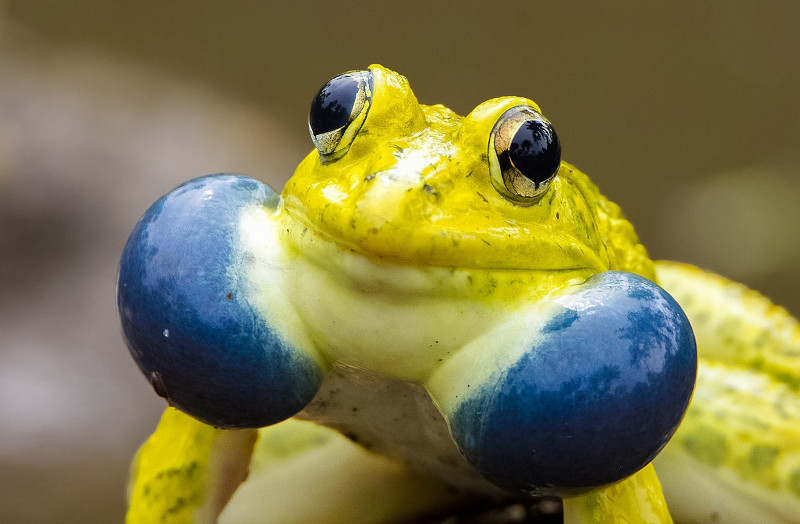
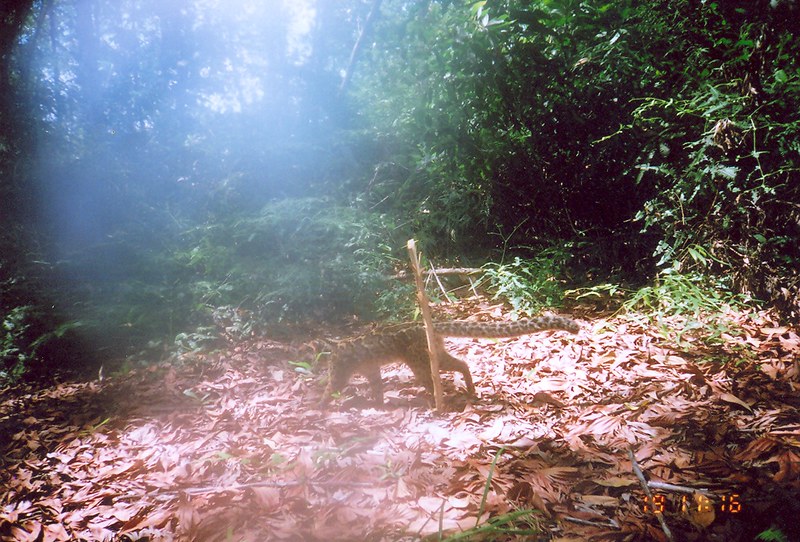
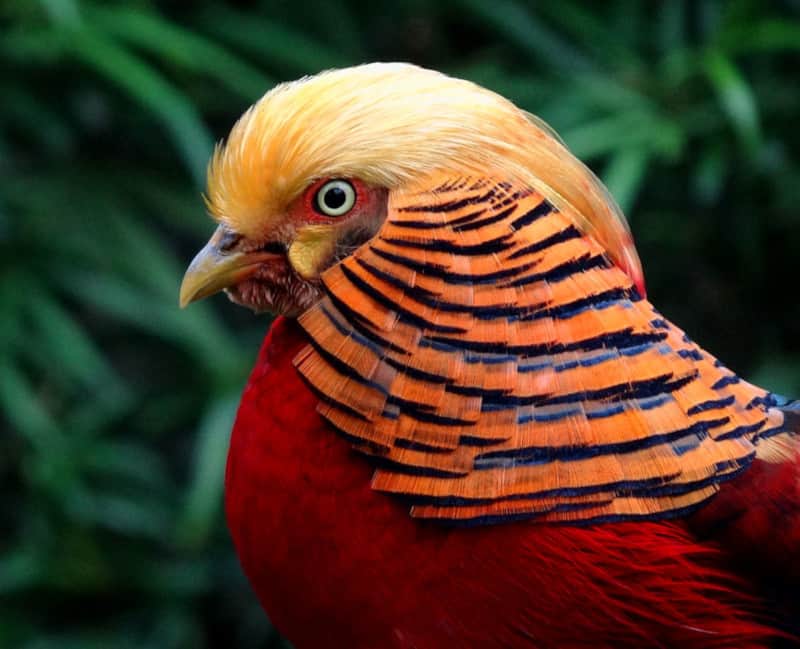
Check out our other articles on 5 Rare Mind-Blowing Cloud Types, White Spotted Puffer, Borra Caves, Long-Finned Pilot Whale, Bois Dentelle, Bombus dahlbomii, Puffin, Draco Volans










Leave a Reply